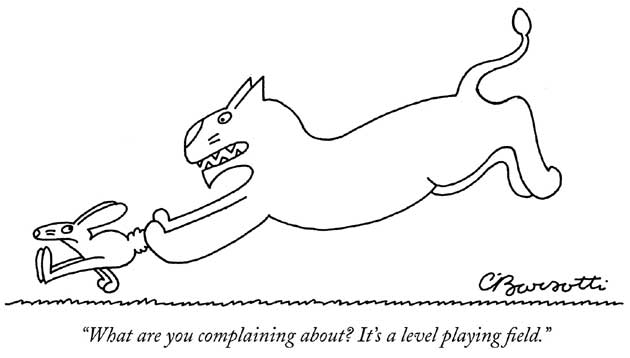
Figure 7-2.Level playing field. Source: Barsotti, 2004.
or missed school fees. World Trade Organization country categories that better reflect the heterogeneity of food security conditions in developing countries' food security could help ensure that no food insecure country is denied use of these mechanisms. These measures aim to provide tariff options to developing countries so that they may support rural livelihoods. The formula for applying safeguards under some regional and bilateral trade agreements can limit their effectiveness (see e.g., CAFTA) and may need to be revisited if safeguards are to effectively address rural livelihood issues (Priyadarshi, 2002; Stiglitz, 2006).
Flexibility and differentiation in trade policy will thus enhance developing countries' ability to benefit from agricultural trade, and pursue food security, poverty reduction and development goals. Multilateral trade regime is currently based on the principle of "reciprocity for and among all countries" with the principle of reciprocity among equals, but differentiation between those countries in markedly different circumstances. The principle of nonreciprocal access, i.e., that the developed countries and wealthier developing countries should grant nonreciprocal access to countries less developed than themselves, has a significant history and role to play in trade relations to foster development. The European Union for example followed this approach by unilaterally opening its markets to the poorest countries of the world, and eliminating most tariffs and trade restrictions without demanding any reciprocal concessions (Stiglitz, 2006; Stiglitz and Charlton, 2005).
The WTO July Framework Agreement of 2004 acknowledges that developing countries will need to designate some products as special products based on livelihood security, food security and rural development concerns. Developing countries may require significant time periods for investments in their agriculture sectors, including targeted ASKT research, development and delivery to the small scale sector, enhanced institutional and organization capacity and governance, to make the sector competitive on the international market (Polaski, 2006).
When they signed the Agreement on Agriculture, some developing countries bound tariffs on important food se-
curity and other sensitive crops at very low levels, increasing the vulnerability of their farmers to the drop in global commodity prices. At the same time many DCs did not reserve the right to use emergency safeguard measures. The experience of the GATT round shows that following trade liberalization agricultural imports in developing countries have risen more rapidly than have exports, leading to import surges and a deterioration of net agricultural trade.
7.2.3.2 Distributional impacts of welfare benefits and losses from trade liberalization
Most of the gains from any further liberalization are likely to accrue to developed countries and the larger, wealthier developing countries (FAO, 2006c). For developing countries, the projected, or potential, welfare benefits resulting from the most likely Doha Round scenarios for the Agreement on Agriculture and non-agricultural market access outcomes are just US$6.7 billion and concentrated in just a few developing country WTO members (Anderson and Martin, 2005) (Figure 7-3, 7-4). The poorest countries including those of SSA, except South Africa, are net losers according to these estimates (Anderson et al., 2005; Jaramillo and Lederman, 2005).
There are major differences and distinct distributional impacts between regions, among countries within a region, and between different farm sectors within any particular country (Figure 7-5). One analysis of World Bank CGE projections (Anderson and Martin, 2005) for likely Doha outcomes calculated that the "benefit to the developing countries is more than $17 per person per year, or almost $.05 per person per day" whereas high income countries would realize more than ten times the per capita welfare benefits of developing countries (Ackerman, 2005).
Model-based analyses that have been used to bolster the case for further trade liberalization are often overoptimistic in their assumptions as to the ability for resources to be invested in "higher return" activities (and the assumption of full employment in developing countries); the use of their results in arguing for further trade liberalization in poorer economies could be misleading (Morrison and Sarris, 2007). The models assume that markets function competitively (ignoring vertical integration within value chains that can limit competition); assume that within highly aggregated regions producers have access to similar technologies; and assume faithful implementation of commitments by all parties (Morrison and Sarris, 2007). Additionally, many CGE models are based on assumptions, such as a net zero tax revenue impact from tariff reductions, and full employment, that be difficult or impossible to realize in the real world.
"[T]here is a general consensus that the trade agreements, reforms and policies adopted throughout Latin America and the Caribbean within the last ten to fifteen years have had uneven impacts, with many of the benefits concentrated in the hands of the elite few, while the poorest often bear the brunt of the ills wrought by greater exposure to the world market. The fact is that trade liberalization has not reduced poverty nor inequity. And clearly there are winners and losers" (IADB, 2006).